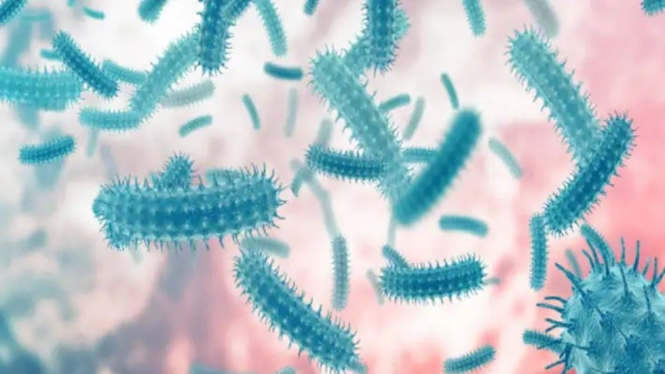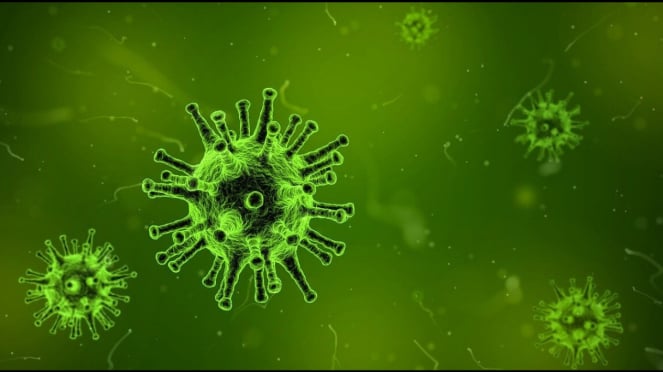Getting to Know Cyanobacteria: How Bacteria Could Change the World
- https://www.thehealthsite.com/
VIVA – Everyone in the world needs oxygen, we take it for granted. However, oxygen was absent from the earth’s atmosphere for close to half of its lifespan. When the earth was formed around 4.5 billion years ago, it had vastly different conditions. At that time, the earth had a reducing atmosphere, consisting of carbon dioxide, methane, and water vapor, as opposed to the present-day atmosphere which consists primarily of nitrogen and oxygen.
Though sunlight split the water vapor in the atmosphere into oxygen and hydrogen, the oxygen quickly reacted with methane and got locked into the earth’s crust, barely leaving any traces in the atmosphere. A silent, mysterious force worked to release oxygen steadily until the very composition of the atmosphere changed. That mysterious entity happened to be a microbe: Cyanobacteria.
Cyanobacteria, also known as blue-green algae, are a group of photosynthetic bacteria that obtain their energy through photosynthesis. They are found in a wide range of environments, from oceans and lakes to hot springs and moist soils.
Cyanobacteria are a significant part of the earth's ecosystem, as they are major producers of oxygen and are also a source of nitrogen for plants.
They are capable of fixing atmospheric nitrogen, converting it into a form that can be used by other organisms. Cyanobacteria are also used in various biotechnological applications, such as in the production of biofuels and wastewater treatment.
Ilustrasi penyakit/bakteri/virus.
- Unsplash
However, cyanobacteria can also be harmful, particularly when they form large blooms in bodies of water. These blooms can produce toxins that are harmful to humans and other animals and can also cause ecological damage.
According to the noted biochemist Leslie Orgel, who pioneered research on the origins of life, the earliest onset of life on our planet occurred around 3.8 billion years ago. Since oxygen was projected to be absent from the earth at that time, metabolism in living organisms would have been anaerobic, involving the use of minerals present in the ocean to generate energy.
















